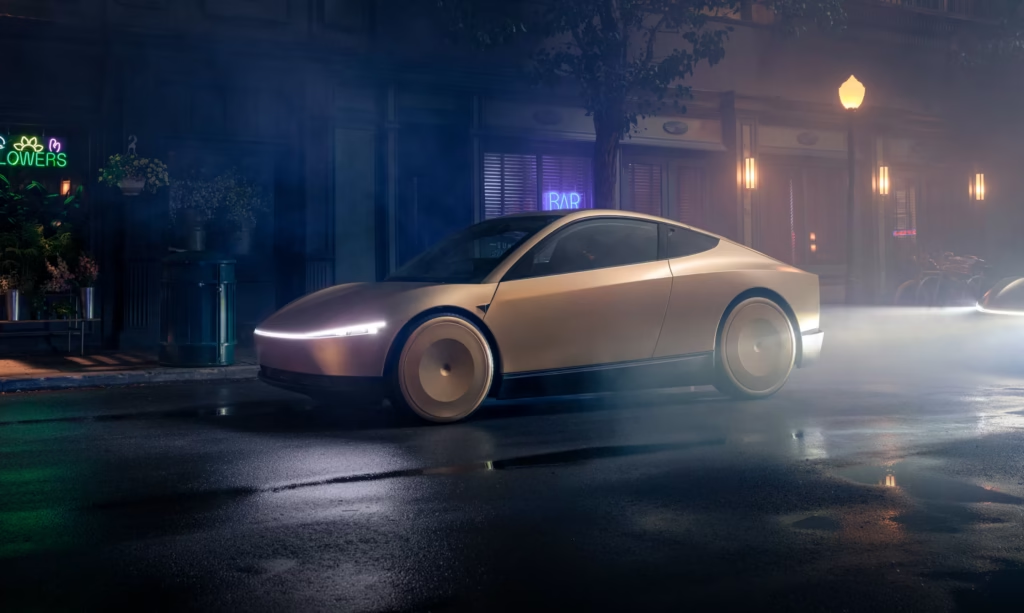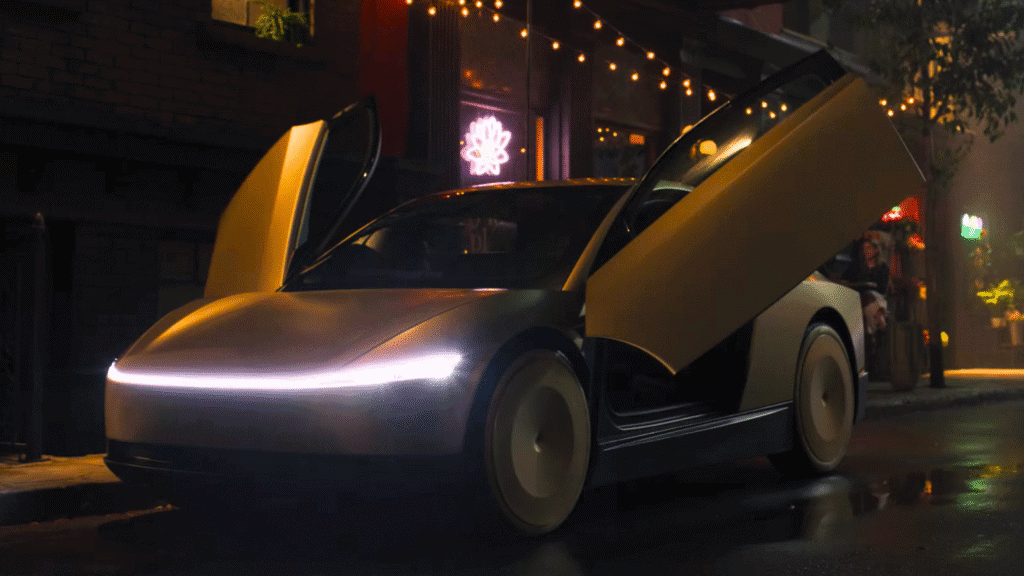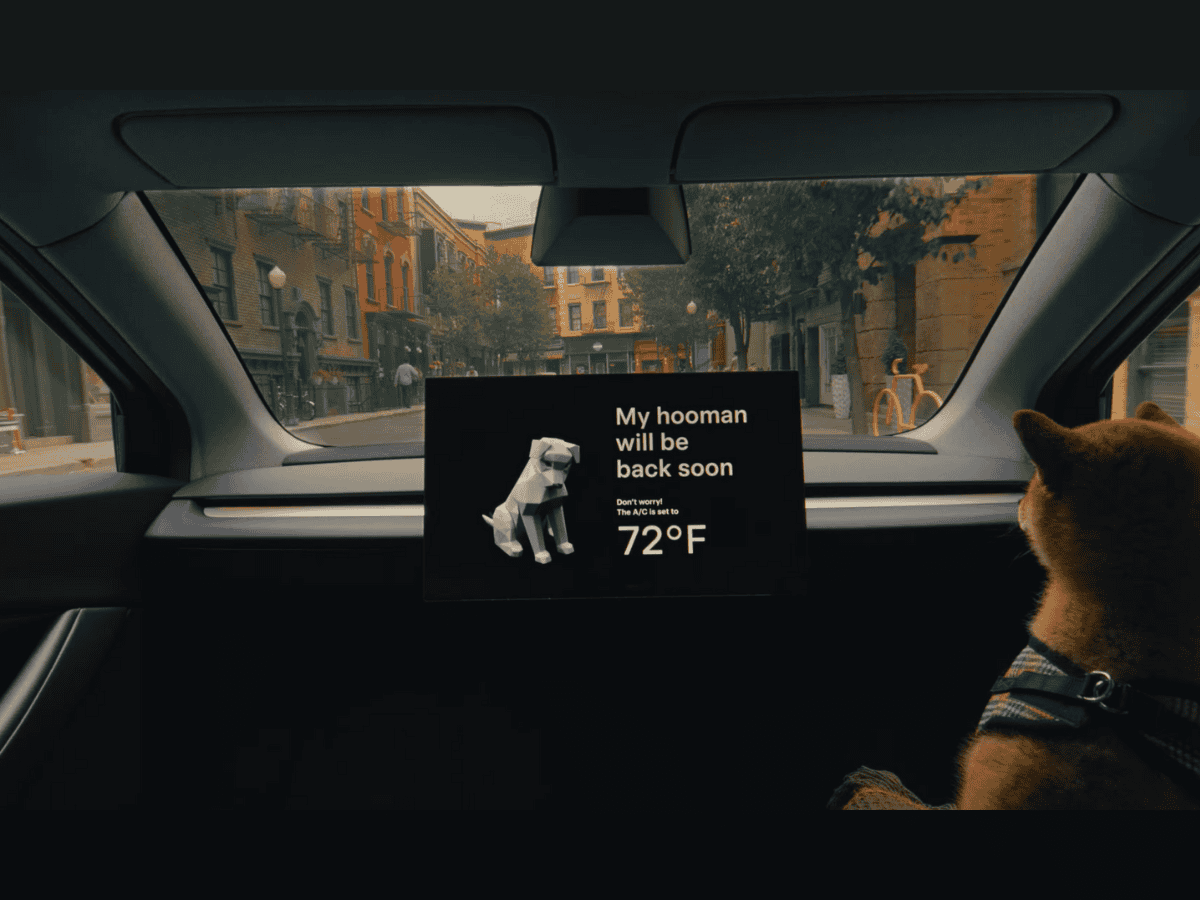Austin, Texas, prepared to become the testbed for Elon Musk’s vision of a driverless future, Tesla is getting ready to change gears significantly in June. Targeting June 12, the electric vehicle giant is expected to introduce its first public robotaxi service utilizing autonomous Model Y vehicles—a historic event for Tesla and the larger self-driving car sector.
But problems about public openness, safety, and readiness are getting more pressing as the countdown starts.

A daring step towards autonomy
Tesla is now moving to step two: public service availability, while covertly running internal experiments with a small fleet of driverless Model Y vehicles around Austin. According to sources close to the situation, the pilot will initially involve 10 to 20 cars; plans call for scaling up should early outcomes show promise.
Unlike rivals like Waymo, which depends on large rooftop LiDAR systems, Tesla runs its self-driving technology on camera-based artificial intelligence. Although the corporation claims this is a more affordable and scalable approach, detractors counter it begs major questions regarding dependability in challenging, real-world settings.
City Officials Stuck on Guard
Austin’s city officials and emergency services are still waiting on important information, even with the fast-approaching launch date. First responders and local transportation authorities claim Tesla has not yet produced necessary operational documentation, including clarity on the degree of vehicle autonomy or emergency protocols for crash response.
Austin’s fire and EMS services are dark due to a lack of communication. Officials worry that they may not be ready for a robotaxi accident or fire—especially if they need to open or destroy a car for a rescue mission.

Musk’s High-Stakes Gamble
For Tesla and Elon Musk, the rollout occurs during a storm. Slumping worldwide sales, intense EV rivalry, and public criticism of Musk’s political ties are putting strain on the corporation. Musk is now emphasizing Tesla’s AI and automation future after just quitting his contentious advisory post under former President Donald Trump.
Insiders claim that the choice to start ahead of Musk’s originally proposed schedule was taken to show technological readiness—and maybe to provide a welcome diversion from the company’s current problems with finances and branding.
What is next?
Should Austin’s robotaxi deployment be successful, Tesla’s presence in the autonomous ride-hailing market may be significant. But if issues develop—especially in a city not yet completely briefed on the rollout—it could act as a sobering reminder of ambition running ahead of responsibility.
As June 12 approaches, everyone will be staring at Austin’s streets. Will Tesla’s elegant, driverless SUVs serve as the model for the urban mobility of tomorrow—or a public fall from grace in the race toward autonomy?
For more information about the Robotaxi, visit Tesla’s official website.
👉 Please 📩SUBSCRIBE to us for more real-world EV analysis, news, and deep dives — written for EV fans by EV fans.
Hey, I’m Badal! I’m super passionate about cars—especially electric ones. Whether it’s EVs, electric trucks, bikes, or anything with a battery and wheels, I’m all in. I love writing blogs and articles that break things down for fellow enthusiasts and curious readers alike. Hope you enjoy the ride as much as I do! Enjoyed reading? You can buy me a coffee on PayPal ☕ → paypal.me/BadalBanjare
